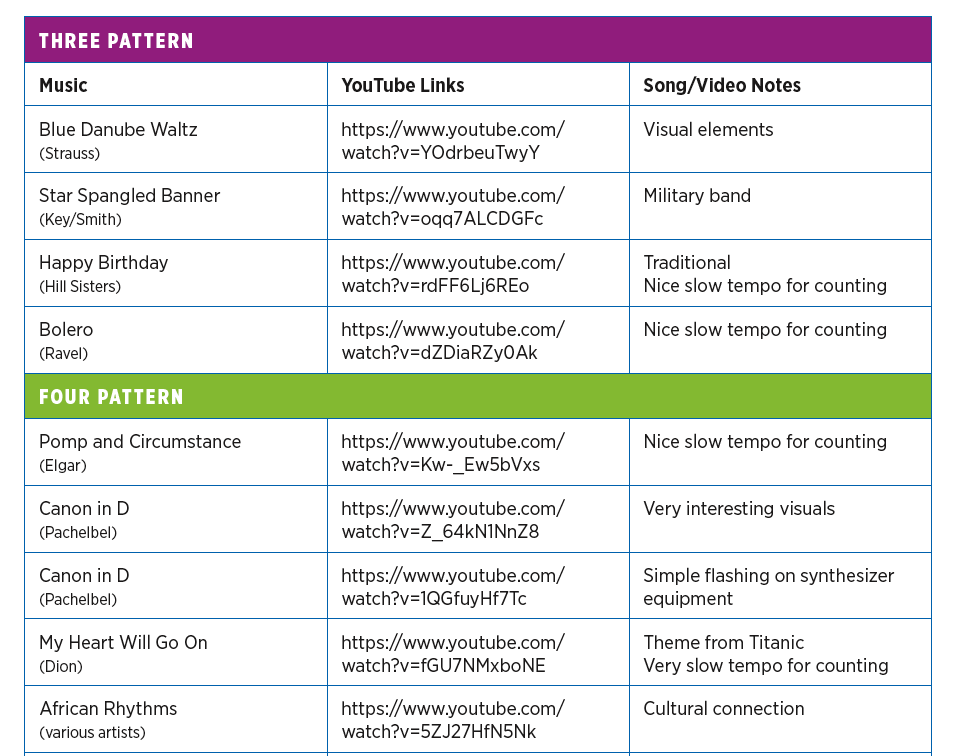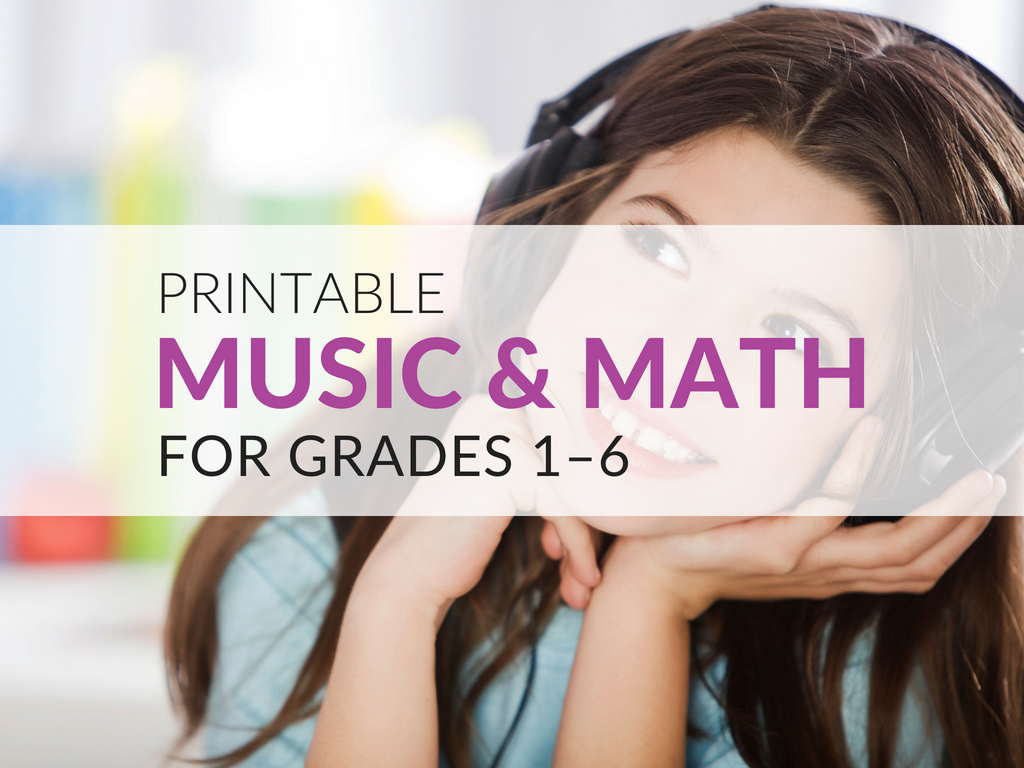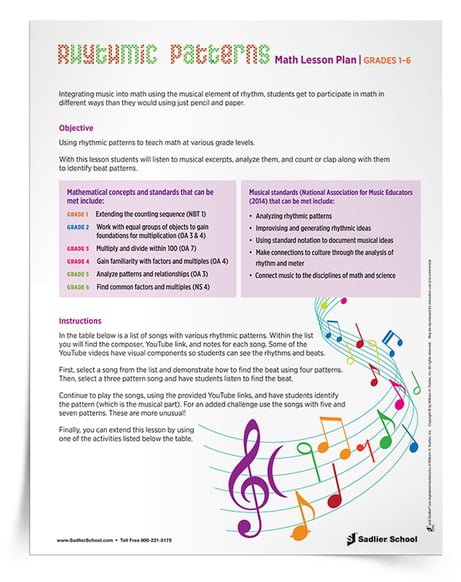November 7, 2019 k-2-math-practices, 6-8-math-practices, k-2-counting-and-cardinality, 3-5-math-practices
FUN Music and Math Lesson Plan for Grades 1–6
By: Jeff Todd
Having a degree in music and being a certified math teacher, I’m often asked, “What is the relationship between math and music?” While some of the relationships between math and music can be pretty abstract, I want to share how teaching math through music can be fun and productive, especially when working with the music element of rhythm. Plus, download my Rhythmic Patterns Math Lesson Plan for grades 1–6.
Download a Music and Math Lesson Plan for grades 1–6.
The Benefits of Using Music to Teach Math
There are some good reasons to use keep music in the elementary and middle school curriculum and support it with music math activities. While researching the benefits of using music to teach math, I was particularly interested to learn the following:
- Howard Gardner’s (1996) work showed that primary grade students exposed to music and art curricula had higher math achievement than students who did not have to opportunity to participate. Those gains persisted beyond one year.
- Students who participate in middle school music programs have higher test scores than those who do not (Schneider & Klotz, 2000; Whitehead, 2001), and they don’t have the same academic slump that most ninth graders experience (Schneider & Klotz).
Integrating music into math using the musical element of rhythm, students get to participate in math in different ways than they would using just pencil and paper!
Music and Math Lesson Plan Using Rhythm
The music and math lesson plan I am providing is based on students listening to musical excerpts, analyzing them, and counting or clapping along with them to identify beat patterns. This lesson plan can be used at multiple grade levels to teach various mathematical concepts. Download the music and math lesson plans to show how to use integrate music into math and meet standards.
Mathematical concepts and standards that can be met include:
- Grade 1–Extending the counting sequence (NBT 1)
- Grade 2–Work with equal groups of objects to gain foundations for multiplication (OA 3 & 4)
- Grade 3–Multiply and divide within 100 (OA 7)
- Grade 4–Gain familiarity with factors and multiples (OA 4)
- Grade 5–Analyze patterns and relationships (OA 3)
- Grade 6–Find common factors and multiples (NS 4)
Musical standards (National Association for Music Educators (2014) that can be met include:
- Analyzing rhythmic patterns
- Improvising and generating rhythmic ideas
- Using standard notation to document musical ideas
- Make connections to culture through the analysis of rhythm and meter
- Connect music to the disciplines of math and science
Below is a portion of the list of songs with various rhythmic patterns that I use in my music and math lesson plan download. The Rhythmic Patterns Math Lesson Plan provides easy-to-use hyperlinks for each song! Within the list you will find the composer, YouTube link, and notes for each song. Some of the YouTube videos have visual components so students can see the rhythms and beats.

Using the instructions, table, and extended activities included in the Rhythmic Patterns Math Lesson Plan you'll first select a song from the list and demonstrate how to find the beat using four patterns.
Then, select a three pattern song and have students listen to find the beat. Continue to play the songs, using the provided YouTube links, and have students identify the pattern (which is the musical part). For an added challenge use the songs with five and seven patterns. These are more unusual!
Finally, you can extend this lesson by using one of the activities listed below the table.
Conclusion
Incorporating music into math is a great way to engage students. Integrating music into math allows students to participate in math in different ways than they would using pencil and paper.
Download my Rhythmic Patterns Math Lesson Plan now.





